2021_XV. Kringlan 2030
Presentation and summary






















































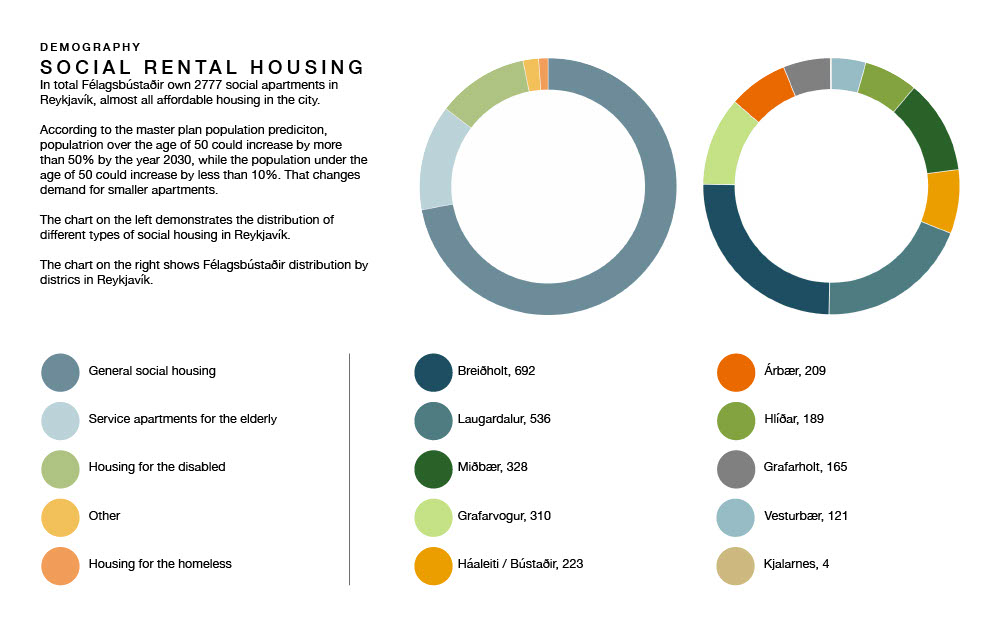


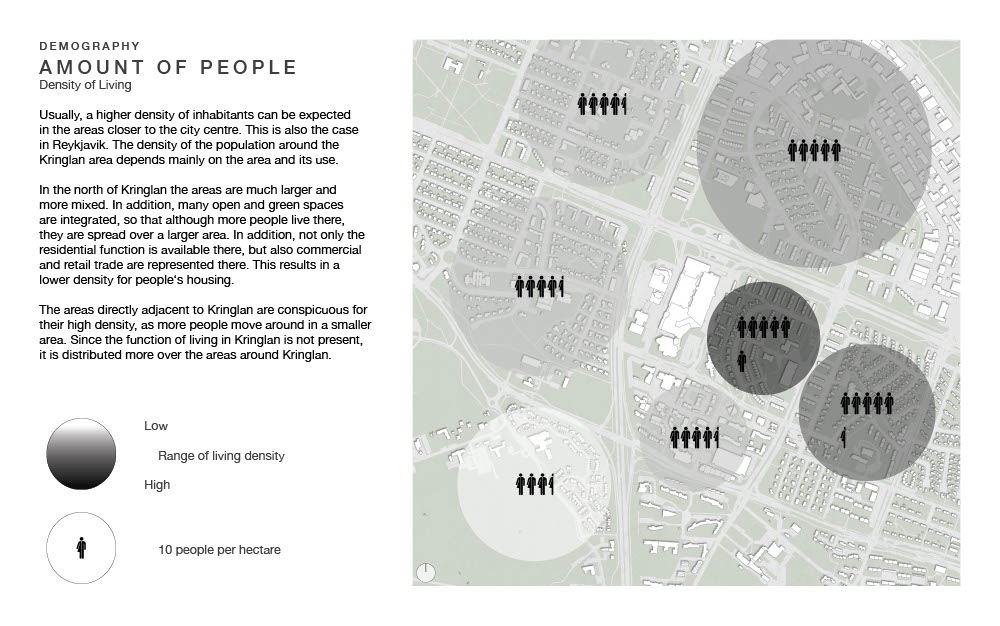

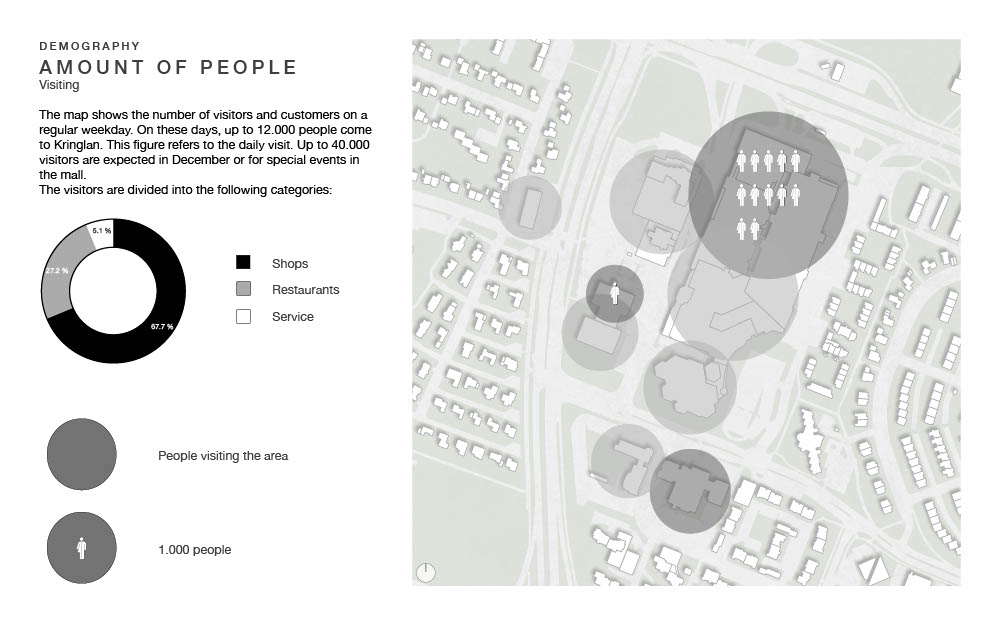




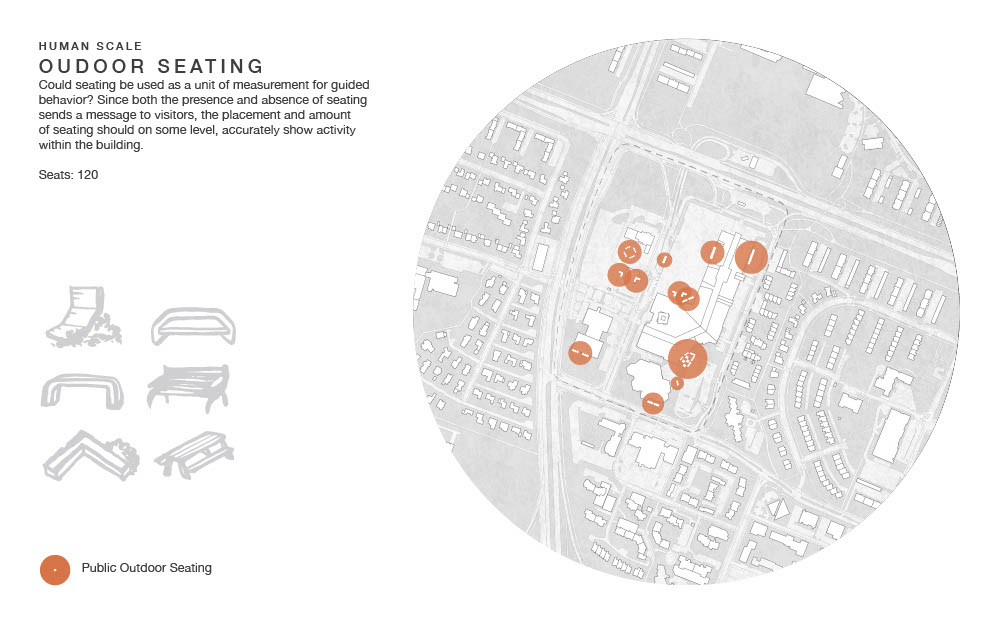








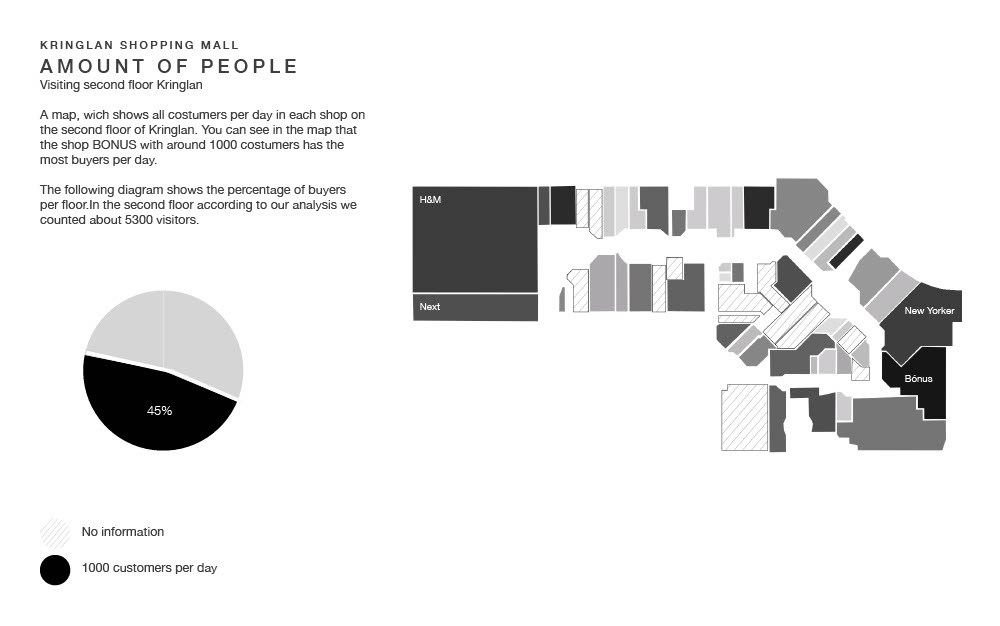

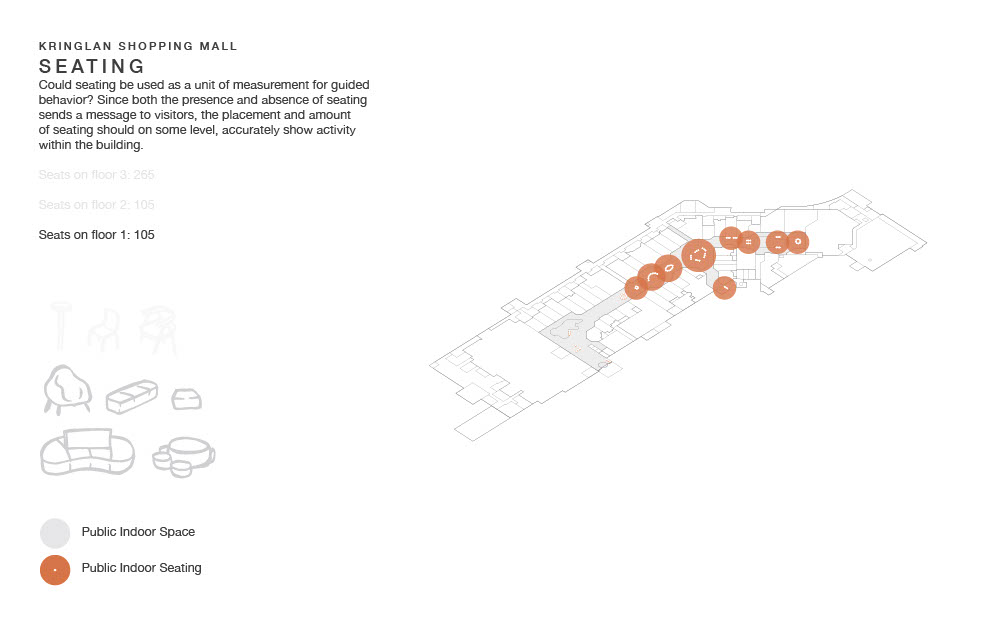

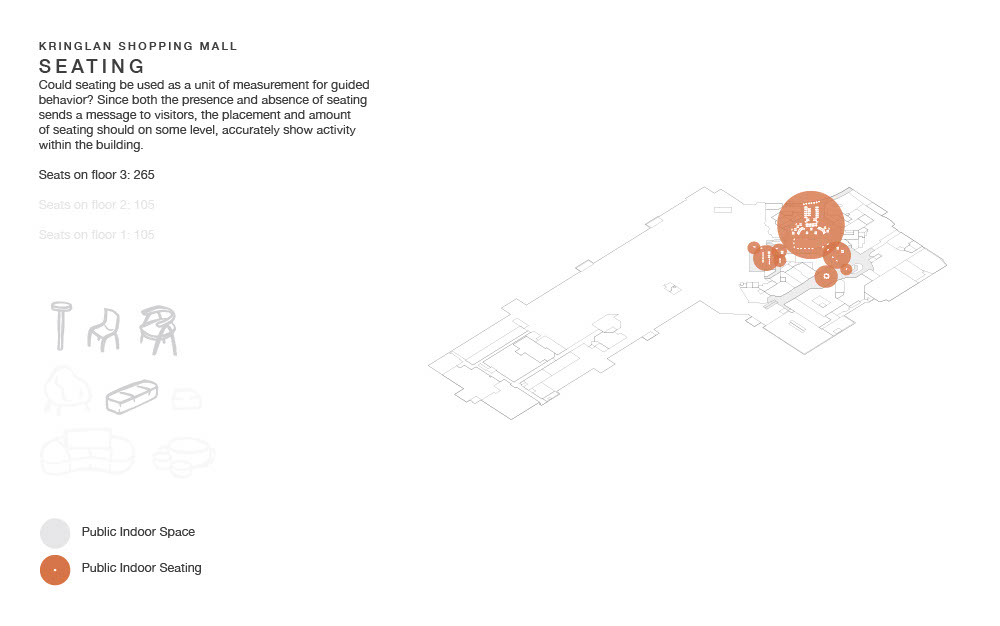




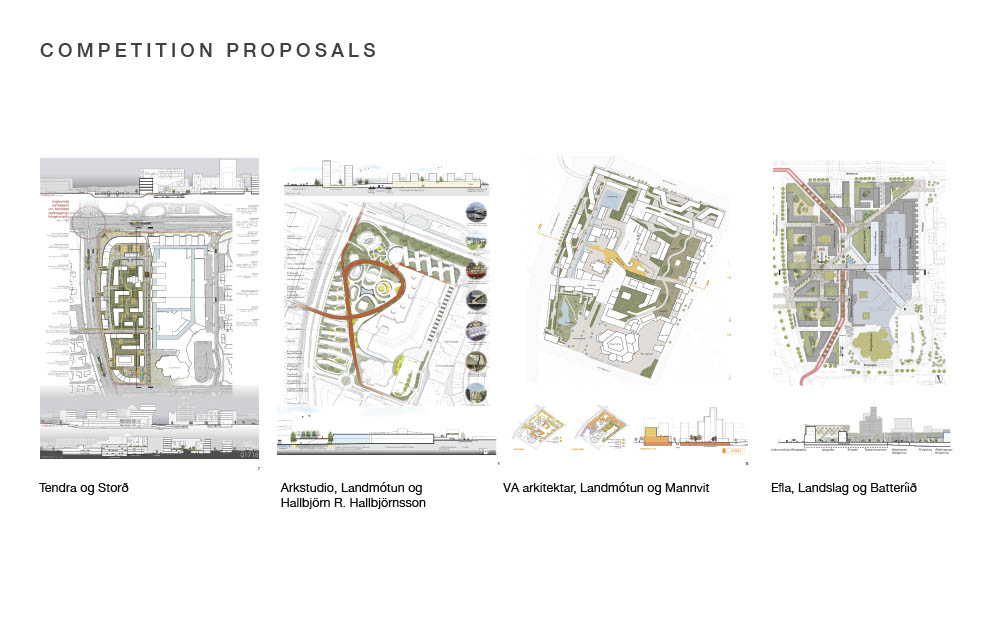


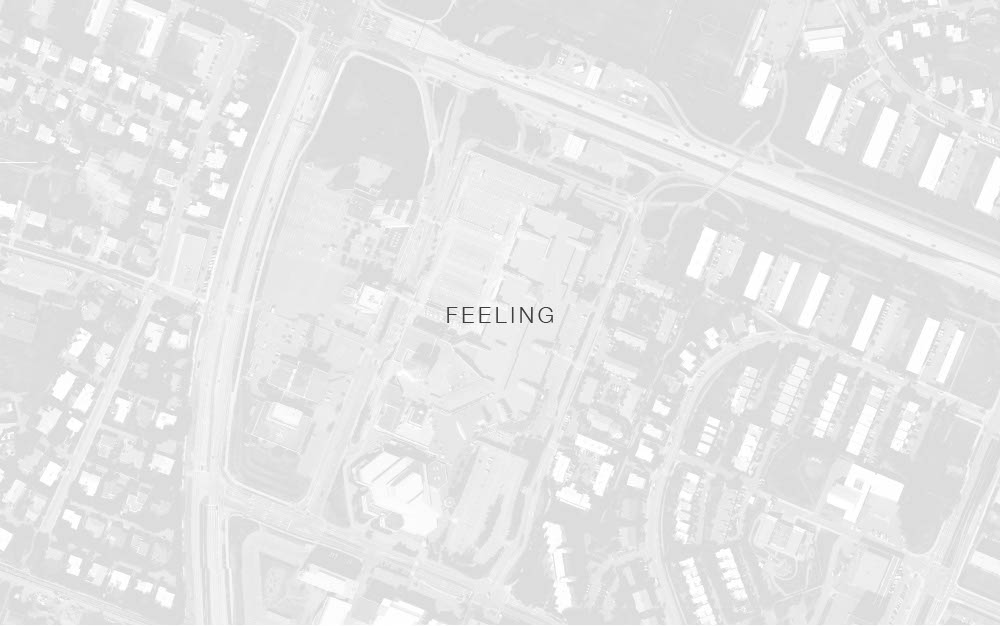
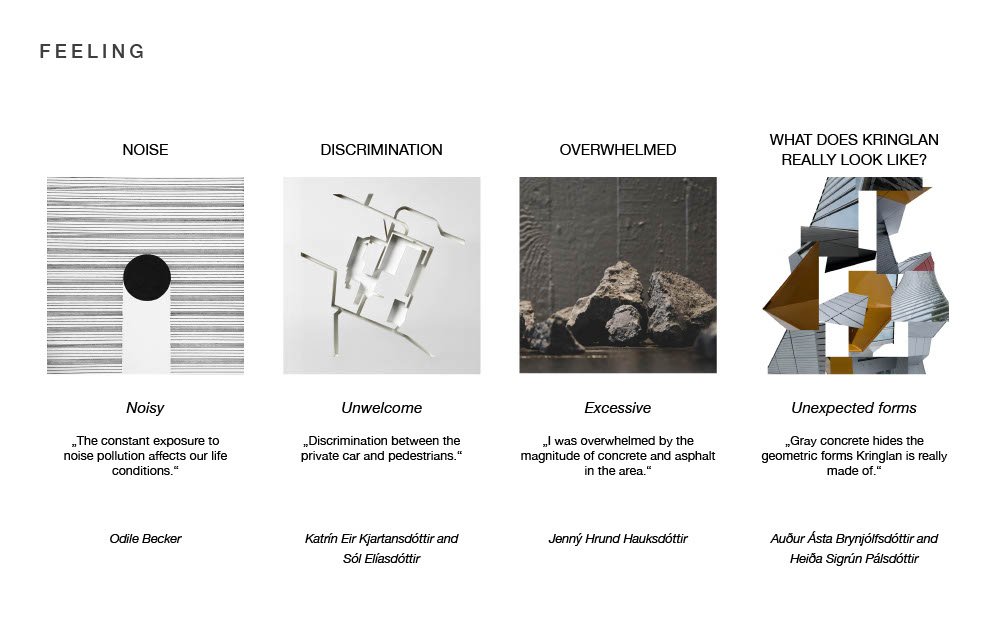



When looking at the current successes of The Kringlan area its most notable characteristic is its magnetism. Historically this magnetism was rooted in the area’s function as a passage from the less densely populated countryside, to the more densely populated capital. Now it still functions as a regulator of movement and draws attention for its various services– with less focus on its overlooked natural landscape. The magnetism is now in marketing, in community, in medicine, in entertainment, but these services are approached in a less than sustainable way. The Kringlan area as we know it, began being built almost 40 years ago, at a time when private cars were our main focus in regards to transportation. It fell seamlessly into a rapidly growing city network of cars and roads and parking which is now slowly being peeled back to allow for a safer and better pedestrian experience.
But at times this infrastructure is seemingly inescapable. Only a small part of this area's more recent history was ever dedicated to harvesting and maintaining its natural resources, so, many of us are far removed from the idea that it is anything but man-made. And while increasing demand for the services provided there–due to the area’s steady growing population, could purely be read as a call for more building to be done, in such a location the need for organizing and reflecting is as important as ever.
Some more invasive physical steps can surely be justified, the addition of buildings, the tearing down of redundant structures, but since the area’s aforementioned magnetism is expressed in movement, the guiding of that movement is what will have the strongest impact on the area long-term. In addition, this step allows for a flexibility and adaptability to the drastic unforeseen changes we’ve so soberly come to know. Even though proposed changes can be necessary and interesting, it is also important to shed a new light on what is already in place. And the extension of opening hours, the reclamation of sidewalks to connect the city center–and even other shopping centers, the addition of new public transport routes, these steps are what future architecture will not only have to accommodate but encourage.
The area is also no longer in line with modern conditions when it comes to environmental standards. The correction of this is another step that future architecture will need to strongly encourage and fully adapt to.
In the beginning of the project, the feeling that The Kringlan area gave us was mostly gray and unappealing. While we could say that we were frequently drawn there we couldn’t say that it was because of its architecture. If anything, it was despide its architecture. However, after studying the area most of us have learned to better appreciate its nuances, and to be open to its potential. People may be drawn there by marketing, by community or entertainment, but once they’ve arrived a lot can be done to further streamline and elevate their experiences.
---
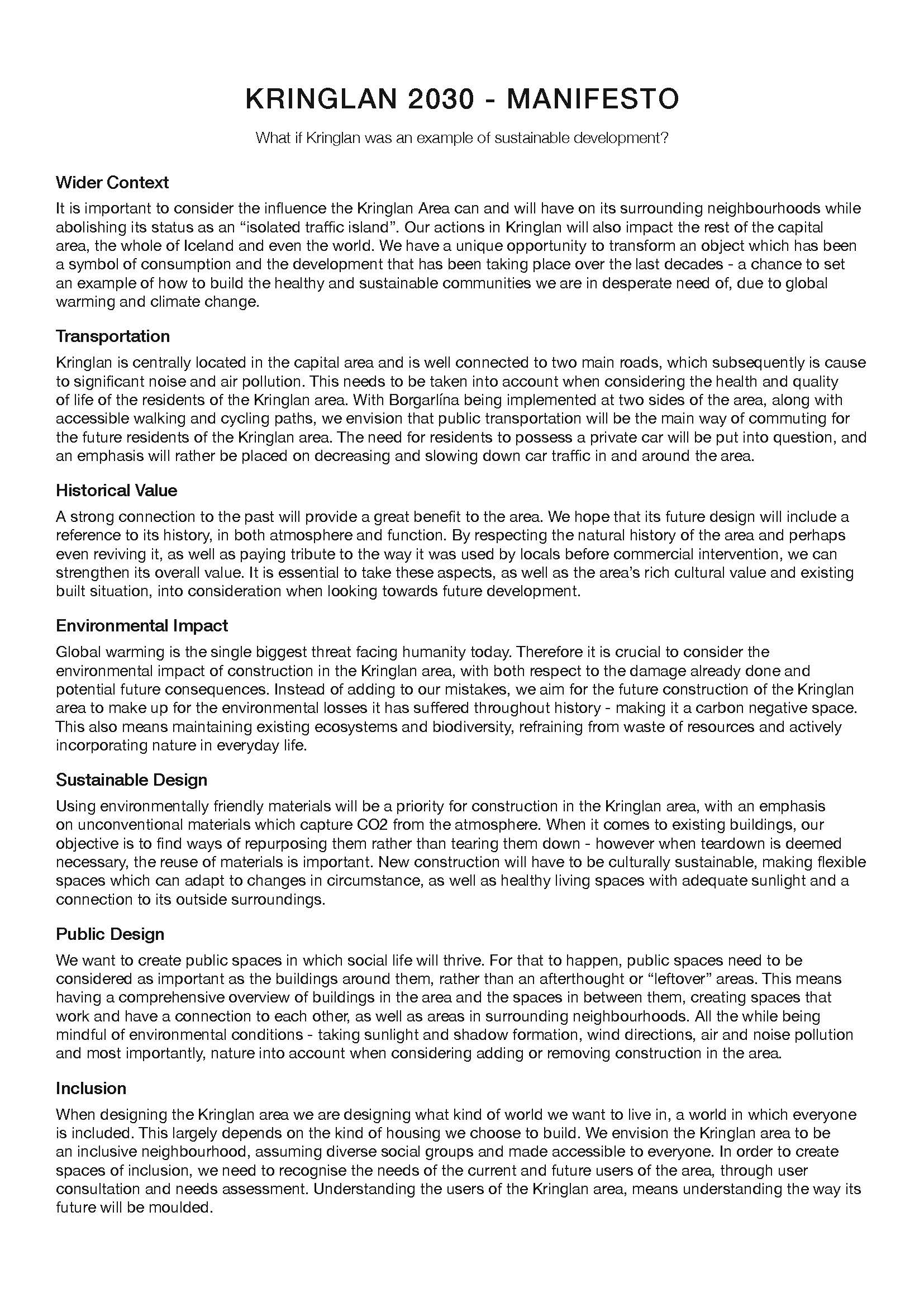
Urban Lab - Design Agency
